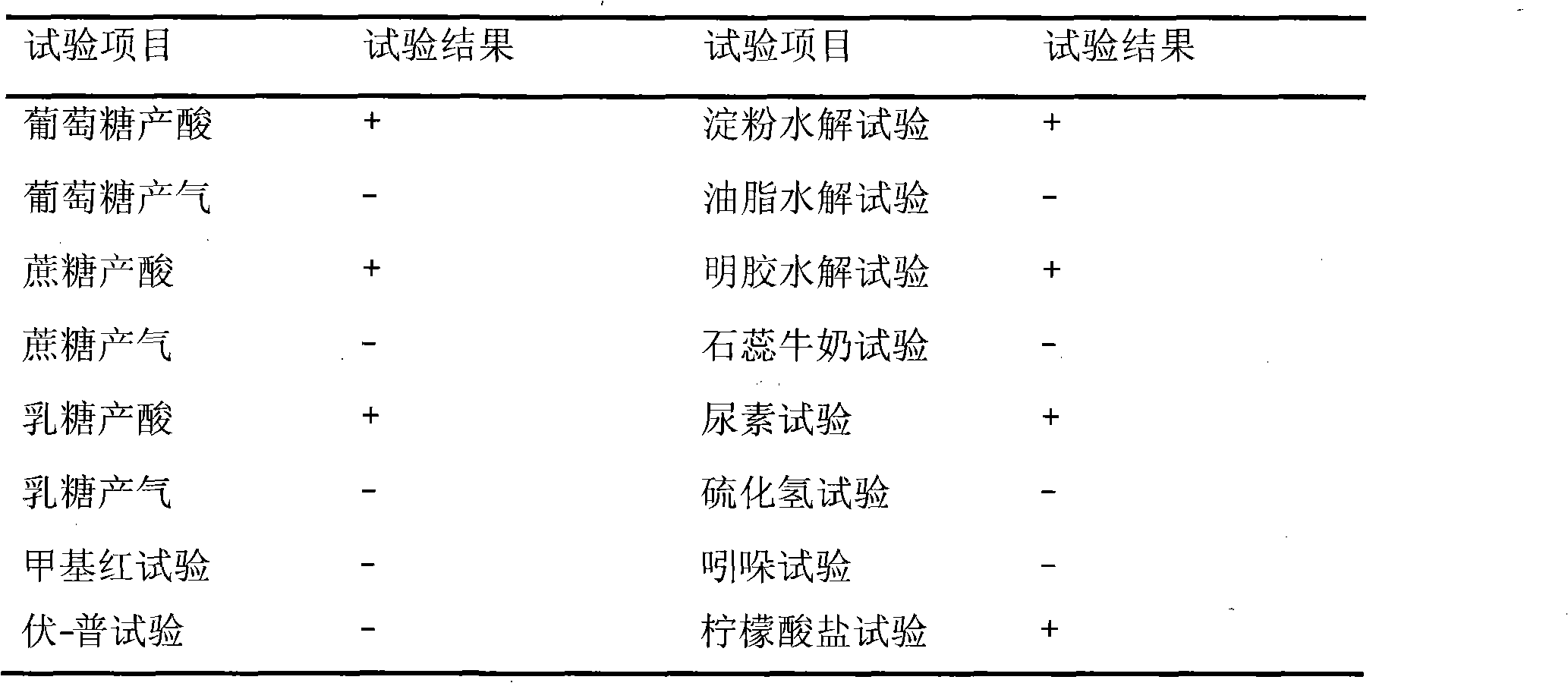Application of bacillus megaterium in degradation of peanut meal aflatoxin B1
A technology of Bacillus megaterium and aflatoxin, applied in the field of applied microorganisms, to achieve the effects of less environmental pollution, less harm to humans and animals, and low energy consumption
- Summary
- Abstract
- Description
- Claims
- Application Information
AI Technical Summary
Problems solved by technology
Method used
Image
Examples
Embodiment 1
[0012] Degradation of aflatoxin B in peanut meal by Bacillus megaterium 1 The specific operation process is as follows: culture Bacillus megaterium in LB solid medium at 37°C for 24 hours, pick a single colony, insert it into LB liquid medium, and cultivate it on a shaking table at 37°C at 180r / min; buy 10mg from Fermentek Company aflatoxin B 1 Dissolve in 50mL benzene-acetonitrile (98:2, V / V) solution, the concentration is 200μg / mL, that is, aflatoxin B 1 Stock solution, take a certain amount of aflatoxin B 1 stock solution, with N 2 Blow, volatilize solvent benzene and acetonitrile, add a certain proportion of phosphate buffer saline (PBS, pH7.4), make aflatoxin B 1 The final concentration is 2000ng / mL; crush the peanut meal and pass through a 20-mesh sieve; weigh 5g of peanut meal (accurate to 0.01g) in a petri dish, wrap it in kraft paper, and sterilize by high-pressure steam at 121°C for 20 minutes; sterilize the peanut meal After cooling, add 250 μl of aflatoxin B at...
PUM
 Login to View More
Login to View More Abstract
Description
Claims
Application Information
 Login to View More
Login to View More - R&D
- Intellectual Property
- Life Sciences
- Materials
- Tech Scout
- Unparalleled Data Quality
- Higher Quality Content
- 60% Fewer Hallucinations
Browse by: Latest US Patents, China's latest patents, Technical Efficacy Thesaurus, Application Domain, Technology Topic, Popular Technical Reports.
© 2025 PatSnap. All rights reserved.Legal|Privacy policy|Modern Slavery Act Transparency Statement|Sitemap|About US| Contact US: help@patsnap.com

